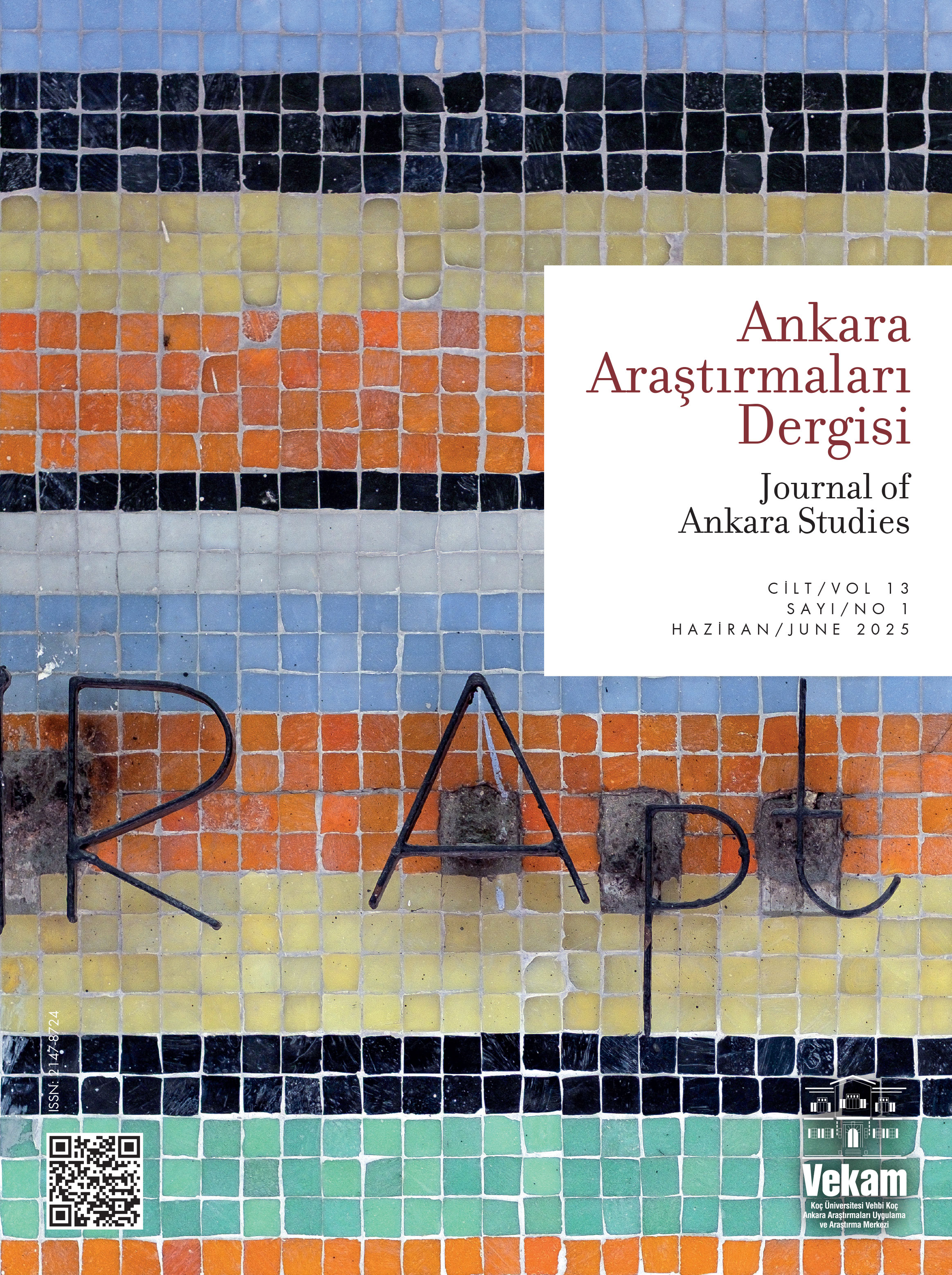Konut Kullanıcılarının Kentsel ve Sosyal Yaşam Kalitesi Farkındalığı: Ankara/Çayyolu-Prof. Dr. Ahmet Taner Kışlalı Mahallesi Örneği
Ahmet Tanju GültekinAtılım Üniversitesi, Güzel Sanatlar, Tasarım ve Mimarlık Fakültesi, Ankara1980 sonrasında küreselleşme ve dinamikleri; ekonomik bütünleşme politikaları ile birlikte sosyal, kültürel ve siyasal uyum süreçleri ve özellikle sermayeyi kentsel gelişmeye yönlendirmesiyle kentsel mekânı da biçimlendirmektedir. Türkiye’de de küreselleşme dalgasıyla; neo liberal politikalar çerçevesinde yaşanan ekonomik değişim sürecinde, kent mekânı rant sektörü için en karlı yatırım alanına dönüştürülmektedir. Konut sektörü, etkin ve yaygın pazarlama stratejileriyle bu sürece hızla ve kolaylıkla dâhil edilmiştir. Bu gelişmede kentsel ölçekte son onlu yıllarda Ankara/Çayyolu, orta-üst ve üst gelir grubundaki kullanıcılarıyla, ekonomik ve sosyal olarak ayrışmaktadır. Bu ayrışma, fiziksel ve mekânsal kalite düzeyi yüksek olan konut alanlarında belirgindir. Ancak, konut kalitesinin ölçülebilir fiziksel ve mekânsal standartlarıyla birlikte, kullanıcının sosyal ve kültürel isteklerinin karşılanması, yaşam kalitesinde önem kazanmaktadır. Bu noktadan hareketle, bu çalışmada, konut alanlarında kullanıcıların fiziksel ve toplumsal çevre algısı ile kalite kapsamındaki talepleri ve farkındalığı, örneklem alan olarak seçilen Ankara-Çayyolu- Prof. Dr. Ahmet Taner Kışlalı mahallesinde
incelenmektedir. Bu mahallenin 1980’lerle başlayan var oluş öyküsünde, neo liberal politikalar ve kentsel mekânı biçimlendirme yeteneği baş aktör iken, kullanıcıların bu öyküdeki varlığı, yaşam kalitesi ve farkındalıkla tanımlanmaktadır. Böylece elde edilen
çıkarsamalar, yaşanabilir konut alanlarının oluşturulmasında yönlendirici olacaktır.
Anahtar Kelimeler: kullanıcıları, Kentsel yaşam kalitesi, Sosyal yaşam, Farkındalık, Ankara, Çayyolu, Prof. Dr. Ahmet Taner Kışlalı Mahallesi
Residents’ Awareness of Urban and Social Living Quality: The Example of Prof. Dr. Ahmet Taner Kışlalı Neighborhood in Çayyolu/Ankara
Ahmet Tanju GültekinAtılım University, Faculty Of Art, Design And ArchitectureSince 1980, the dynamics of globalization have directed the processes of social, cultural, and political adjustment as well as those of economic integration and especially capital towards urban development, forming urban space. The wave of globalization in Turkey, within a process of economic change in the context of neo liberal policies, urban space has been turned into the most profitable area of investment in the unearned income (economic rent) sector. The residential sector has been included in this process quickly and easily through effective and widespread marketing strategies. Over the last two decades of this development, the Ankara-Çayyolu District has become segregated economically and socially between its upper and upper-middle class residents in the urban context. This segregation is evident in residential areas with high-level physical and spatial quality. On the other hand, in addition to the measurable physical and spatial standards of housing quality, it is also important to find out if the quality of living meets the social and cultural expectations of its residents. Starting from this point of view, we examine residents’ perceptions of their physical and social environment in our chosen sample area in the Prof. Dr. Ahmet Taner Kışlalı Neighborhood, and their demands and awareness of housing quality. The story of this neighborhood, which begins in 1980, at a time when neo liberal policies and the power to form urban space was all-important, is defined here by the residents’ quality of living and awareness of it. Our results obtained are expected to help guide the creation of liveable housing areas in the future.Keywords:
Housing Users, Urban Living Quality, Social Living, Awareness, Ankara- Çayyolu-Prof. Dr. Ahmet Taner Kışlalı Neighborhood.
Keywords: Residents, Urban living quality, Social life, Awareness, Prof. Dr. Ahmet Taner Kışlalı Neighborhood, Çayyolu, Ankara
Makale Dili: Türkçe













